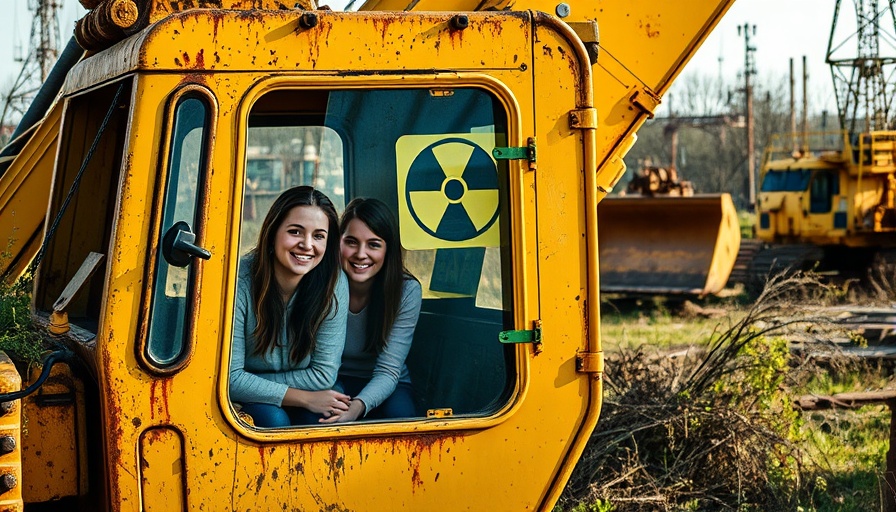
Breathe Easier: Understanding Late Summer Allergies
As the summer days begin to wane, many people eagerly anticipate the cooler weather. However, for those suffering from allergies, late summer can deliver an unwelcome sneezing fit and itchy eyes as ragweed pollen and mold spores emerge in abundance. According to Dr. Mercola, a family medicine osteopathic physician, this seasonal allergy spike isn't just about avoiding allergens—it's indicative of an immune system that might need some extra support.
What Triggers Late Summer Allergies?
Late summer brings with it a unique set of environmental triggers. Ragweed starts releasing its pollen in mid-August and doesn’t stop until the frost arrives, while high humidity encourages mold growth. Dust mites thrive as conditions remain warm and humid. Dr. Mercola notes that increased outdoor activities and climate stressors can further weaken the immune system, making people more susceptible to allergies. This period of transition can magnify sensitivities, leading to frustrating experiences as allergen exposure increases.
Natural Antihistamines: Foods You Can Eat
Instead of relying solely on medication, Dr. Mercola emphasizes the importance of natural antihistamines found in certain foods. Incorporating items rich in quercetin—like onions, apples, berries, and green tea—can help stabilize mast cells and limit histamine release during allergy season.
Adding local honey into your diet may also help build a tolerance to local pollens when taken regularly. Vitamin C-rich foods, including citrus fruits, bell peppers, and leafy greens, are fantastic for supporting immune function while simultaneously acting as natural antihistamines. Finally, consuming omega-3 fatty acids from wild-caught fish can reduce inflammation and support a healthy respiratory system. The key is consistency; these foods should be regular staples rather than just a go-to during allergy flare-ups.
Keep Your Respiratory System Healthy
Another layer in managing late summer allergies is the health of your respiratory system. Dr. Mercola recommends saline nasal rinses to naturally flush out allergens. Using a neti pot or saline spray on a daily basis can provide immediate relief to those agitated nasal passages. Additionally, steam inhalation with eucalyptus or peppermint essential oil can open up airways and alleviate congestion, especially beneficial in the evening to clear accumulated irritants.
The Gut-Allergy Connection: Why It Matters
Your digestive health plays an incredible role in how the body reacts to allergens. With about 70% of our immune system residing in the gut, maintaining gut health is essential for managing allergies. Enriching your diet with fermented foods like sauerkraut, kimchi, and kefir can provide beneficial probiotics that assist in balancing your immune response. Avoiding inflammatory foods—such as processed sugars and refined grains—can also help your body become less reactive to environmental irritants.
Environmental Modifications: Simple Steps for Relief
Dr. Mercola also suggests several modifications to your environment to mitigate allergen exposure. During high pollen days, it’s wise to keep windows closed and utilize air conditioning with clean filters. Washing bedding weekly in hot water can help eliminate dust mites, which can be a persistent irritant. Additionally, showering and changing clothes after spending time outdoors is an effective way to minimize pollen transfer into your home.
Your Health Matters: Take Action for Relief
As late summer allergies ramp up, understanding how to support your immune system through natural remedies can be immensely beneficial. By incorporating specific foods into your diet, ensuring respiratory health, managing gut health, and modifying your living environment, you can empower yourself to tackle allergies head-on this season. If you're tired of the sneezy, itchy season, consider making these adjustments to ease your discomfort.
 Add Row
Add Row  Add
Add 




Write A Comment